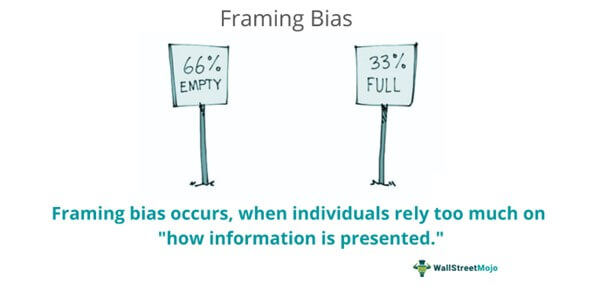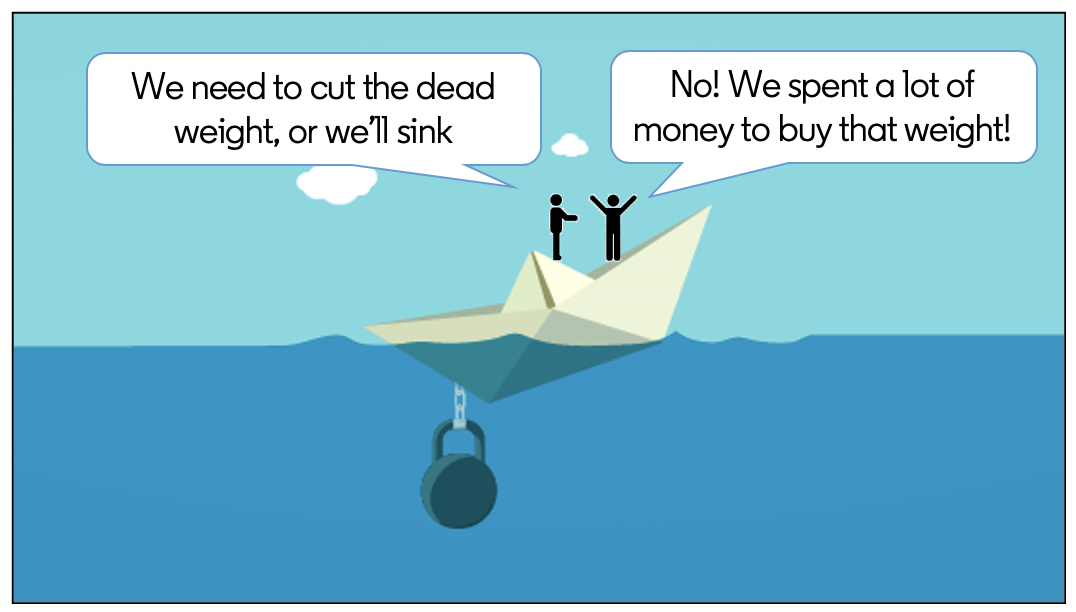As humans, we use shortcuts to make sense of the world. As designers, it’s important to consider how people view and interact with the world before we design for it. This article goes over the very important concept of cognitive heuristics and biases – a topic that influences our decision-making as people and our design process as designers.
🚀 Heuristics: Efficiency Boosters
Heuristics are information processing strategies which are neutral, unconscious and automatic. They are meant to help enhance cognitive efficiency, like shortcuts when making decisions.
An example is when we see something bright and red, we might immediately imagine it is hot – based on our previous experiences.

⚠️ Biases: Unwanted Pitfalls
Biases, on the other hand, are when heuristics end up leading to poor decision making and judgement.
We want to avoid using biases when designing, but also want to consider what biases our users might have while using our product.
📙 Biases to Consider
🧠 Availability bias
We use the most available information in memory to inform current judgement. This can cause bias if our availability does not reflect reality leading to an overreliance on personal judgement.
⚓ ANCHORING BIAS
We base our judgements or estimates on initial reference points or anchors. Anchors can bias inflation or deflation of estimates, affecting the accuracy of our decisions.

💪 Effort BIAS
We determine the value of something based on the effort of action, but effort and value are often independent. Just because something took a long time to create or complete, does not mean that the value of it is high.
🧊 Sunk cost BIAS
We continue to invest time, energy or money into things that are a lost cause due to our previous investments. Letting go becomes difficult due to our attachment to past efforts.
🖼️ Framing BIAS
We might make decisions based on the way a problem is framed negatively or positively. For example, avoiding negative consequences are more motivating than attaining positive consequences.

✅ Confirmation BIAS
We often treat information that confirms our believes preferentially. This means that it is possible and likely that we overlook other valuable perspectives that challenge our assumptions.
As designers, being aware of these cognitive heuristics and biases is crucial. Recognizing their influence allows us to make more informed, unbiased decisions and create user-centric designs based on our understanding of their biases.
